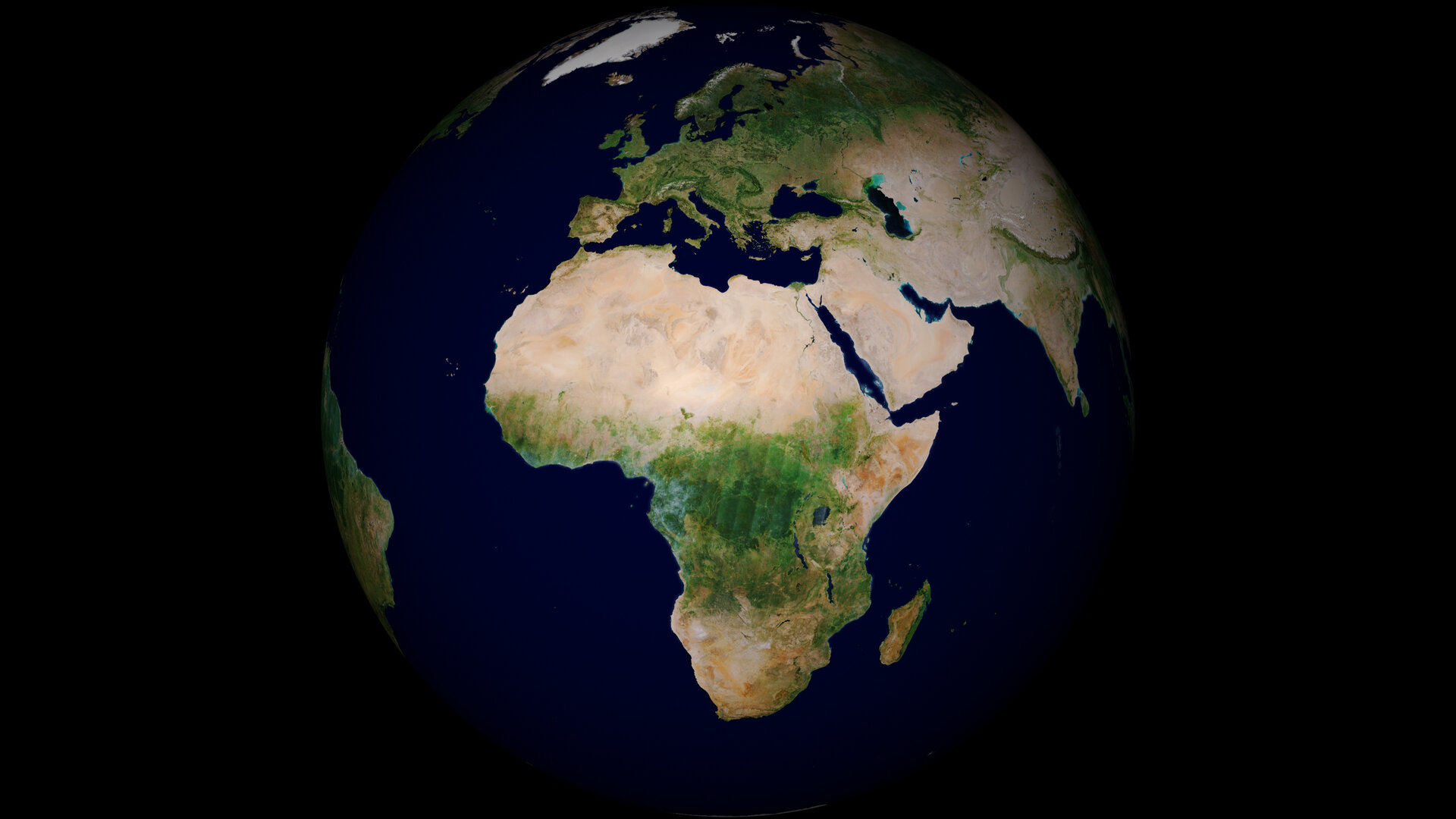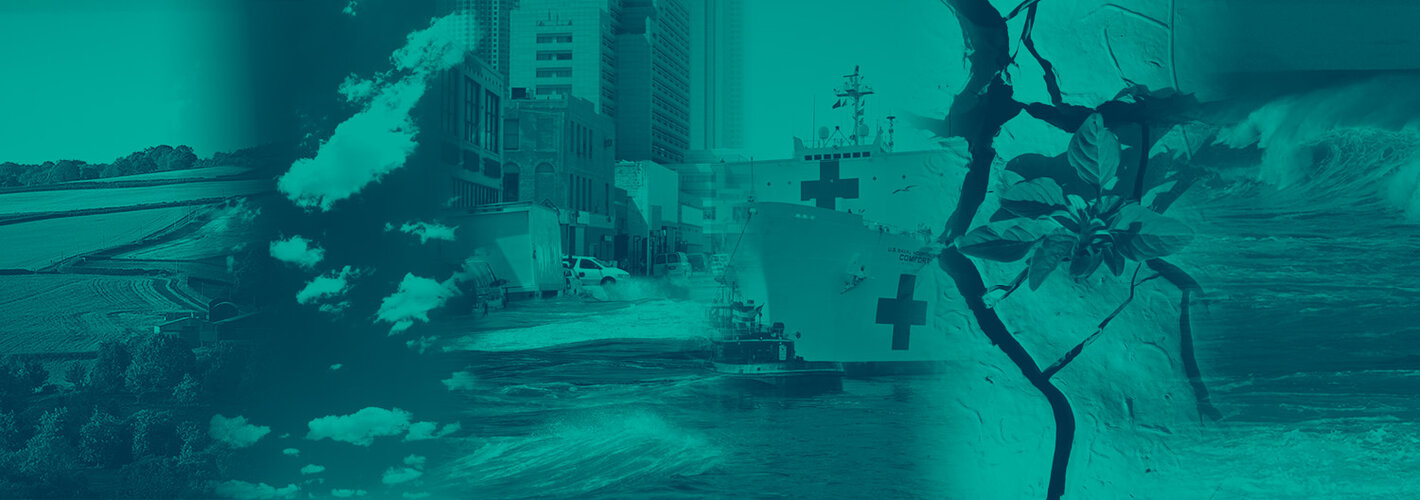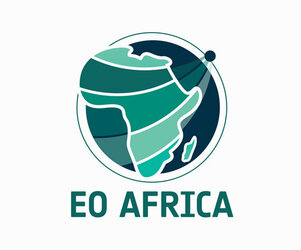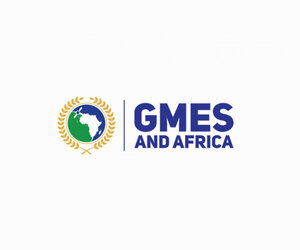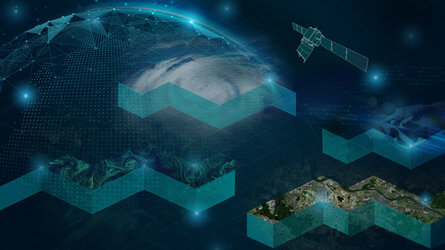Africa in the spotlight at Living Planet Symposium
We live in uncertain times. The detrimental impacts of climate change are being felt around the world and threatening our future, we are emerging from the global COVID pandemic that halted life as we know it for more than two years, and now the Ukraine crisis is not only a tragedy for those directly affected but its rippling effects are jeopardising energy and food security far and wide. Some nations are able to weather these storms better than others, but a number of countries in Africa, for example, are already on the back foot, particularly when it comes to food security.
Today, at ESA’s Living Planet Symposium, much of the focus was on furthering the uptake of Earth observation and advancing the digital transformation in Africa to address societal challenges.
Europe and Africa have been working together in the field of Earth observation for a number of years now, particularly thanks to the EU’s Copernicus programme – the biggest environmental monitoring programme in the world. Through Copernicus, satellite data from the family of Copernicus Sentinels, developed and built by ESA, are made available through key services.
The free and open access to data and services has allowed African institutions to develop applications to monitor water quality in lakes, prepare adaptation measures for agriculture and to monitor biodiversity, for example. The GMES & Africa Initiative lead by the African Union Commission has been instrumental to establish Earth observation services across the African continent.
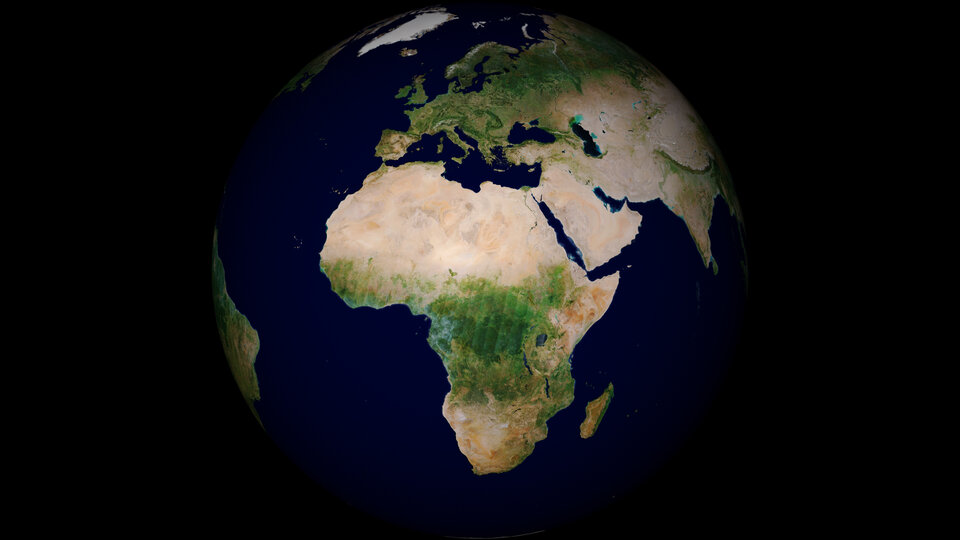
ESA’s Science for Society programme works with the African Union Commission on many research and development projects based on satellite data to develop innovative, open-source applications adapted to African-specific challenges.
A recent common call resulted in the award of 15 new projects lead by a tandem of African–European scientists. These projects focus largely on food and water security, including projects to monitor crop stress in arid and drought-prone regions to forecast crop yield, and to manage precious water resources, for example.
The Global Development Assistance programme is collaborating with international finance institutes, such as the World Bank and the African Development Bank, for more uptake of these innovative Earth observation applications.
ESA’s Climate Change Initiative projects and datasets on Essential Climate Variables are also of huge value in mapping change over the African continent.
For example, satellite data showing burned ground not only reveal damage from wildfires, but also where slash and burn practices have taken place.
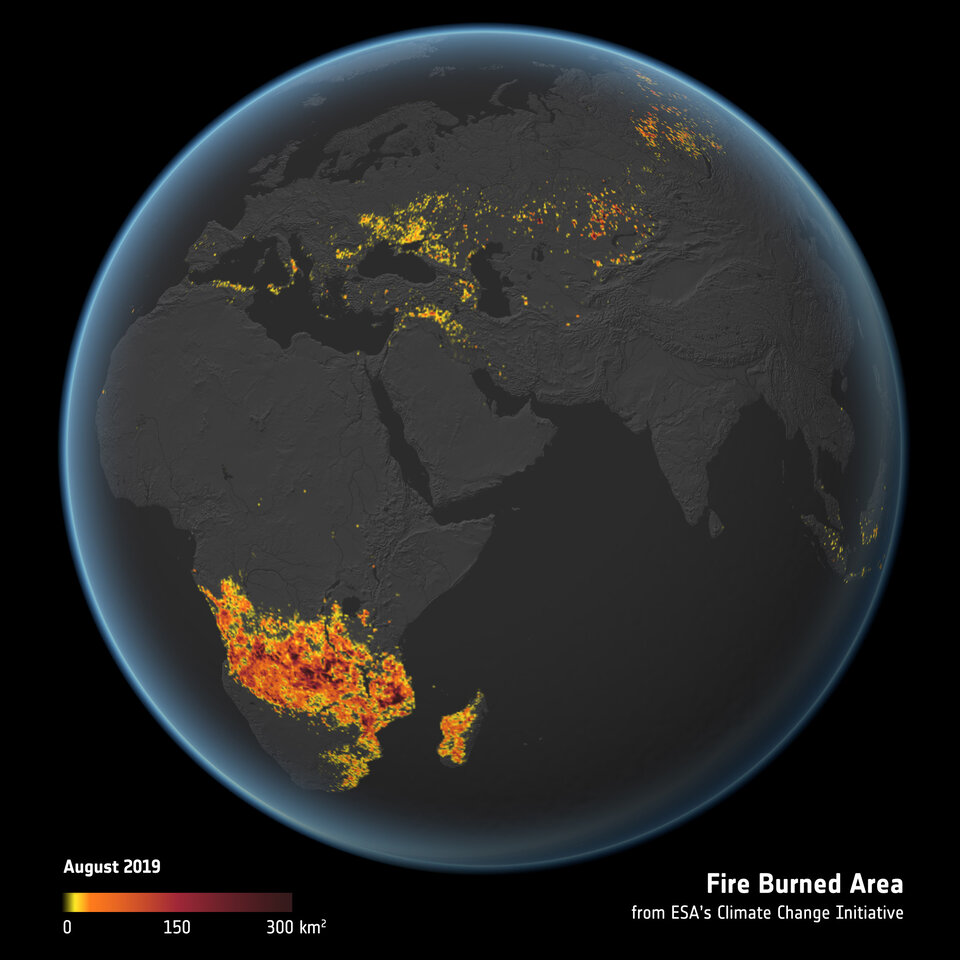
Optical data from the Copernicus Sentinel-2 mission have shown that the area of land across the whole continent affected by fire is 80% bigger than previously thought.
In short, Europe and Africa are already working together to exploit Earth observation to the benefit of African citizens, and to address challenges of specific importance laid out in the African Union Agenda 2063 – the blueprint and master plan for transforming Africa into the global powerhouse of the future.
At the Living Planet Symposium, Tidiane Ouattara from the African Union Commission, said, “Earth observation in Africa is a very dynamic sector that can be even more accelerated through an effective collaboration with its European partners such as the European Commission, ESA and Eumetsat.”
The Living Planet Symposium being held in Bonn, Germany, has allowed parties to come together to review and discuss progress made so far but, importantly, to focus on the roadmap for the future, particularly taking account of outcomes from the European Union–African Union Summit, which was held in February, and the Europe–Africa Space Earth Observation High-Level Forum, last year in Lisbon.
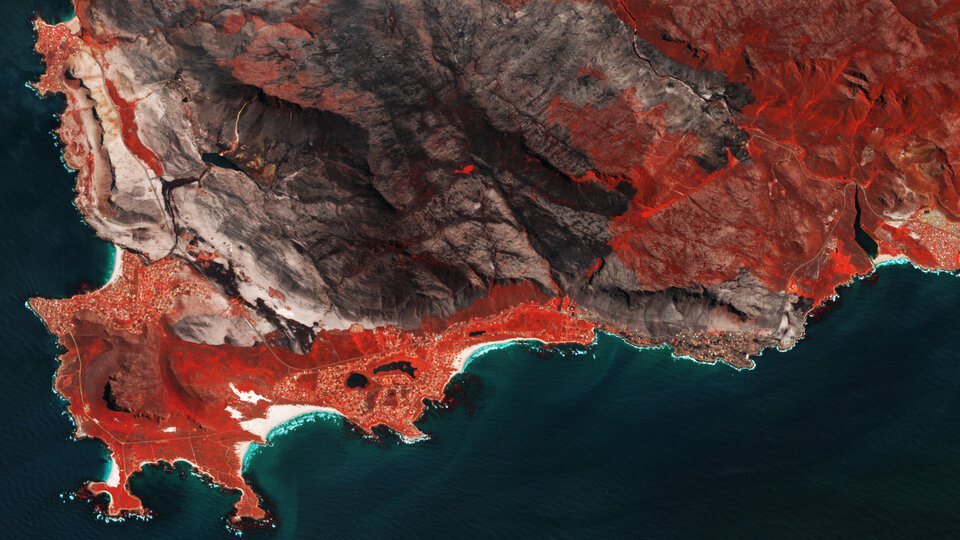
The Lisbon declaration, for example, recommended the closer integration of observations from space with data from other sectors, along with full socio-economic value chains re-enforcing links with the private sector, including New Space initiatives.
ESA’s Benjamin Koetz, concluded, “Challenges such as the recent global food crisis, which is connecting and affecting both the African and European continents, make the uptake of Earth observation even more pressing. Something that can only be achieved through closer partnerships exchanging expertise, data and insights from both sides.


